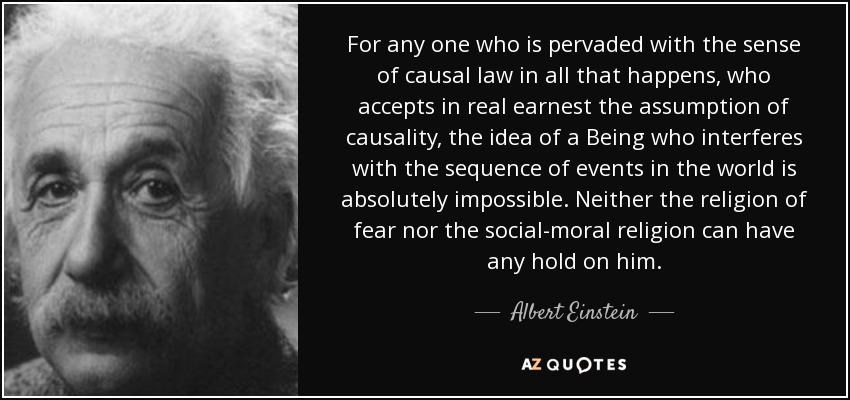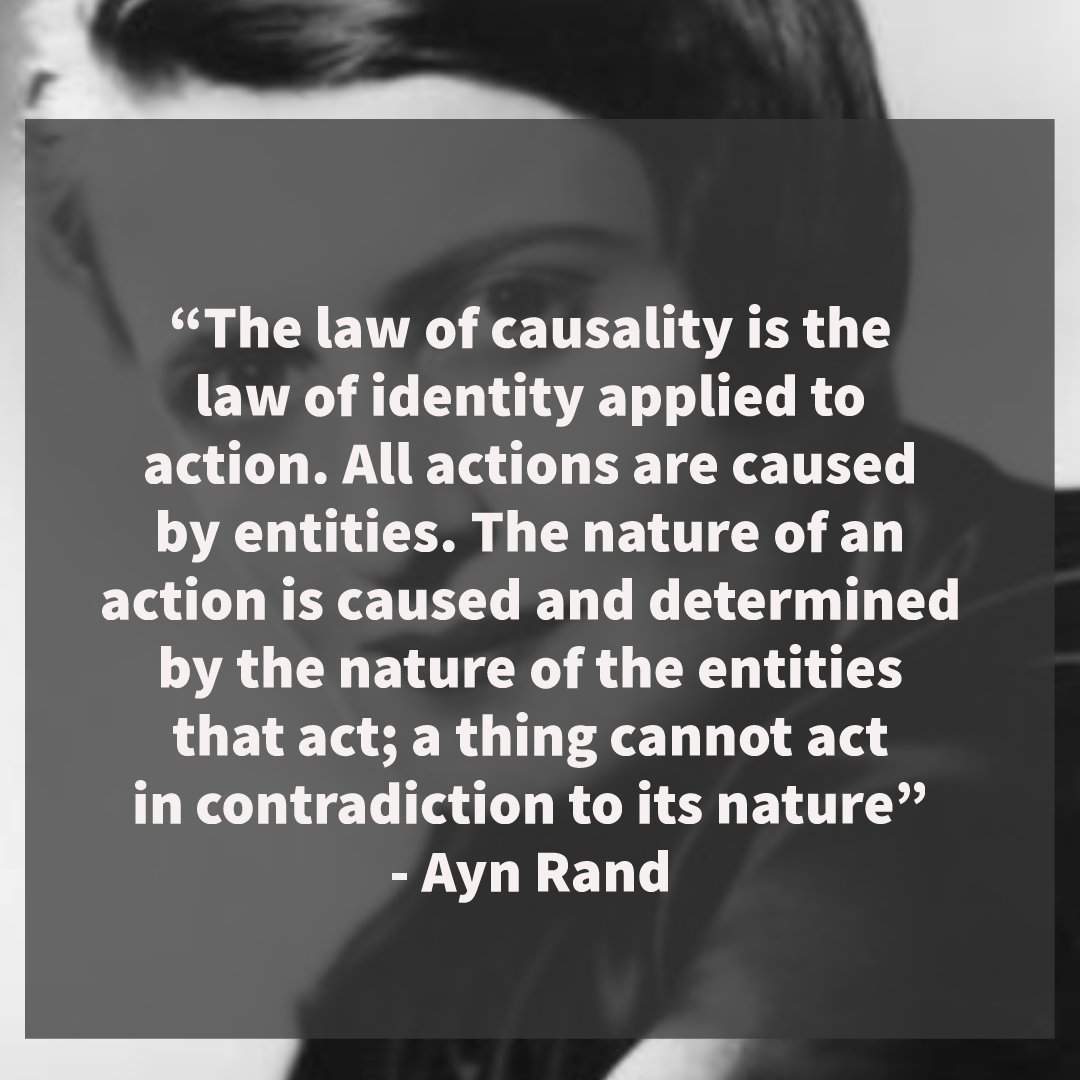
The Law of Cause and Effect supports the creation model, not the atheistic evolutionary model.Īristotle (2009), Metaphysics, trans. Hebrews 3:4 again states, “every house is built by someone, but He who built all things is God,” indicating that God is not constrained by the Law of Cause and Effect as are houses, but rather, is the Chief Builder-the Uncaused Causer-the Being who initially set all effects into motion. The Bible describes God as a Being who has always been and always will be-“from everlasting to everlasting.” He, therefore, had no beginning.

Psalm 90:2 says concerning God, “Before the mountains were brought forth, or ever You had formed the earth and the world, even from everlasting to everlasting, You are God” (emp. Therefore, the law does not apply to Him. However, God, not being a physical, finite being, but an eternal, spiritual being (by definition), would not be subject to the condition of requiring a beginning. As mentioned above, scientists and philosophers recognize that, logically, there must be an initial cause of the Universe.

“verything which has a beginning has a cause” (1934, p. Stace wrote in A Critical History of Greek Philosophy concerning causality. The God of the Bible is a spiritual Being (John 4:24) and therefore is not governed by physical law. The law states that every material effect must have an adequate antecedent or simultaneous cause. Often the atheist or skeptic, attempting to distract and side-step the truth of this law without responding to it, retorts, “But if everything had to have a beginning, why does the same concept not apply to God?” Notice that this statement is based on a misunderstanding of what the Law of Cause and Effect claims concerning the Universe. The God of the Bible is its author (2 Timothy 3:16-17), and in the very first verse of the inspired material He gave to humans, He articulated with authority and clarity that He is the Cause Who brought about the Universe and all that is in it. The only book on the planet which contains characteristics that prove its production to be above human capability is the Bible (see Butt, 2007). Scientifically speaking, according to the Law of Cause and Effect, there had to be a Cause for the Universe. However, the atheist must concede that in order for his/her claim to be valid, the effect of the Universe not only preceded its cause, but actually came about without it! Such a viewpoint is hardly in keeping with science. The McGraw-Hill Dictionary of Scientific and Technical Terms says that “causality,” in physics, is “the principle that an event cannot precede its cause” (2003, p. Scientists and philosophers recognize that there must be a cause that would be sufficient to bring about matter and the Universe-and yet no natural cause is known. If atheism were true, there must be a natural explanation of what caused the Universe. When Jastrow says that there is no “known cause” for everything in the Universe, he is referring to the fact that there is no known natural cause. Fast forwarding another 350 years, our understanding of the world still did not cause the law to be discredited. All changes take place according to the law of the connection of Cause and Effect” (Kant, 1781). In 1781, the renowned philosopher Immanuel Kant wrote concerning the Principle of Causality in his Critique of Pure Reason that “everything that happens presupposes a previous condition, which it follows with absolute certainty, in conformity with a rule.
Moving forward two millennia in no way changed the established fact pressed by the Law of Cause and Effect.

In 350 B.C., Aristotle contributed more to the causality discussion by stipulating that causes can be “spoken of in four senses”: material, formal, efficient, and final (Aristotle, 2009, 1). In Phaedo, written by Plato in 360 B.C., an “investigation of nature” is spoken of concerning causality, wherein “the causes of everything, why each thing comes into being and why it perishes and why it exists” are discussed (Plato, 1966, 1:96a-b, emp. The Law of Cause and Effect, or Law/Principle of Causality, has been investigated and recognized for millennia.


 0 kommentar(er)
0 kommentar(er)
